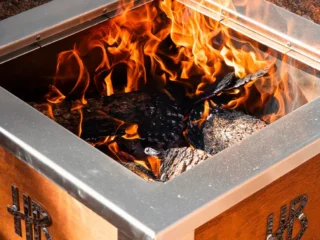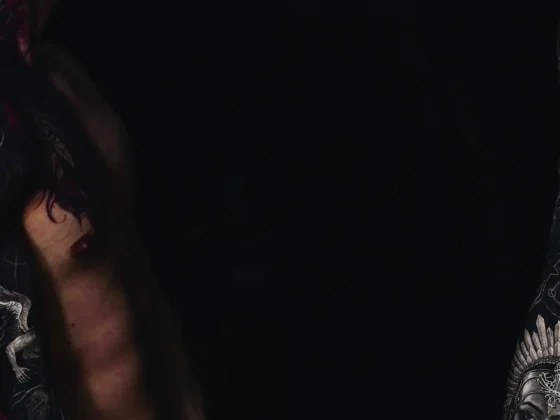Inked Mag Staff
November 9th, 2020
An Inked Guide to Symbolism Within Japanese Tattoos
Find out what a dragon, a tiger and a koi really means in Japanese tattooing?
Tattoo symbolism goes far beyond the individual, particularly when it comes to Japanese Irezumi. In Japanese tattooing, every motif has a meaning and each tattoo tells a story. Take a look at the meanings behind 10 of the most popular Japanese tattoo concepts in the gallery below, then let us know if you have a Japanese tattoo in the comments section on social media.
Dragon
Dragons are among the most popular motifs in Japanese tattooing and they symbolize balance, freedom and good luck. There are different meanings attached to dragon tattoos depending on the color, with black dragons representing wisdom, green dragons representing nature and blue dragons representing benevolence.
Koi
In Japanese mythology, koi represent perseverance and adversity. In folklore, the koi swim upstream with only the strong and voracious making it to the pond at the top, where they’re transformed into dragons. They’re also known to represent good luck and fortune.
Tiger
It comes as no surprise that tigers represent strength, courage and power in Japanese tattooing. They’re also said to protect the wearer against bad luck, bad health and evil spirits.
Foo Dog
Foo Dogs are included in both Japanese and Chinese mythology, best known for guarding imperial palaces and temples. In tattooing, they represent prosperity, success and offer protection to the wearer.
Phoenix
In many cultures around the world, phoenixes share the same story of rebirth and regeneration. They’ve made their mark on the world of Japanese tattooing, symbolizing transformation and triumph.
Hannya
Hannya tattoos are inspired by the masks of Noh theater. They represent the souls of women who’ve become demons out of jealousy or obsession. In tattooing, it’s used to represent intense emotions and pain.
Peony
Peonies are incredibly popular in Japanese tattooing and are used as background for larger pieces or as stand-alone designs. They’ve taken on many meanings in Japanese mythology, representing good fortune, wealth, nobility, bravery and honor.
Maple Leaf
While cherry blossoms bloom throughout the spring, autumns are all about the Japanese maple trees. Their leaves have been depicted in Japanese art, including tattoos, for centuries and represent beauty, grace and elegance.
Lotus
Lotus flowers grow in the mud, rise up through the murky waters and bloom into beautiful flowers on the surface. Through this growth cycle, they’ve come to represent purity, enlightenment, regeneration and rebirth.
Kitsune
In Japanese tattooing, foxes are called kitsunes and represent cunning intelligence and good fortune. A common motif of a kitsune is the nine-tailed fox, which is known for being able to shapeshift into the body of a beautiful woman to seduce men.
Cherry Blossoms
Cherry blossoms are synonymous with Japanese culture and bloom throughout the country during the spring. In tattooing, these flowers symbolize love, the female mystique and beauty.
Editor's Picks
Bridging Classical Art and Modern Tattooing
Esteban Rodriguez brings the discipline of classical fine art to the living canvas of skin, creating hyper-realistic tattoos that merge technical mastery with emotional depth.
Show Your Ink Fashions Brings Custom Style to Tattoo Culture
Show Your Ink Fashions creates custom shirts designed to showcase your tattoos as wearable art, blending fashion with personal expression.
The Ultimate “Superman” Tattoo Roundup: Just in Time for Superman’s Return to Screens
With Superman’s big return to theaters, fans are revisiting some of the most iconic ink inspired by the Man of Steel.














